10 Small Business Branding Tips: A Complete Guide
Establishing a strong brand is essential for every small business. Your brand communicates who you are, what you stand for, and how you benefit customers. It’s how you turn strangers into loyal patrons. An effective branding strategy can boost awareness, improve customer retention, and increase sales. This comprehensive guide covers our ten best small business branding tips to help your company thrive.
Table of Contents
Defining Your Brand Identity
Before diving into branding tactics, it’s essential to understand what constitutes your company’s brand identity. This includes:
Your Mission Statement
Your mission statement summarises why your company exists and what societal needs you aim to fulfil. It should be inspiring yet realistic. Example mission statements:
- “To organise the world’s information and make it universally accessible and useful.” (Google)
- “To give people the power to build community and bring the world closer together.” (Facebook)
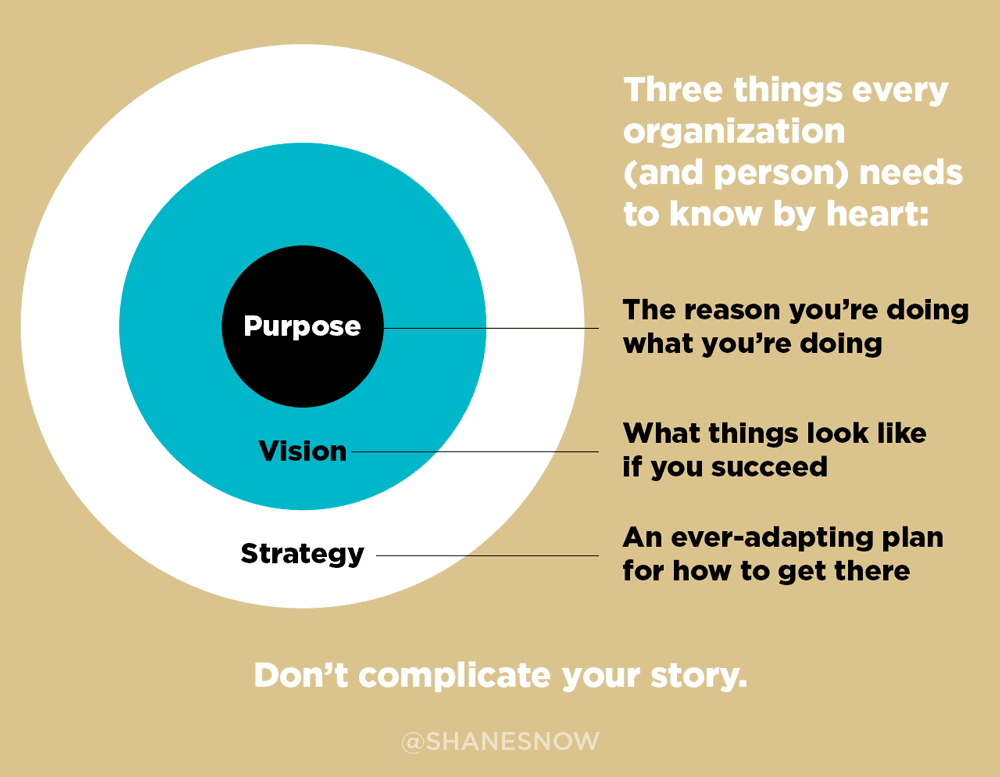
Your Core Values
These principles shape how your company operates, treats customers, and approaches business decisions. Example values:
- Integrity
- Customer satisfaction
- Innovation
- Social responsibility
Your Personality
The distinctive tone and style you use in communications reflect your brand’s attitude. Is your brand funny? Sophisticated? Inspiring? Informational? Ensure your personality resonates with your target audience.
Your Positioning
How your brand fills a niche or a need that competitors don’t satisfy. What makes your business unique? Why should customers buy from you rather than alternatives?
Visual Identity
Logos, colour schemes, fonts, and other visual elements identify your brand. Having cohesive visuals builds recognition and trust.
Researching Your Target Audience’s Needs
To build an authentic, relevant brand, you must understand your ideal customer inside and out. Customer research should inform every branding decision you make. Valuable questions to investigate include:
Demographic Details
- Location
- Age
- Gender
- Income level
- Other definable attributes
Pain Points & Needs
- What frustrations does this audience face?
- How could my business help address those frustrations?
Values & Priorities
- What matters most to these potential customers? Convenience? Status? Saving money? Safety? Consider Maslow’s hierarchy of needs.
Buying Habits
- What brands does my audience currently buy? Why?
- How do they make purchasing decisions?
- How could my brand fit into their lifestyle?
Communication Preferences
- What social media platforms and content types resonate most?
- What tone and messaging appeals to them?
- Who influences their opinions?
Crafting a Distinctive Brand Name
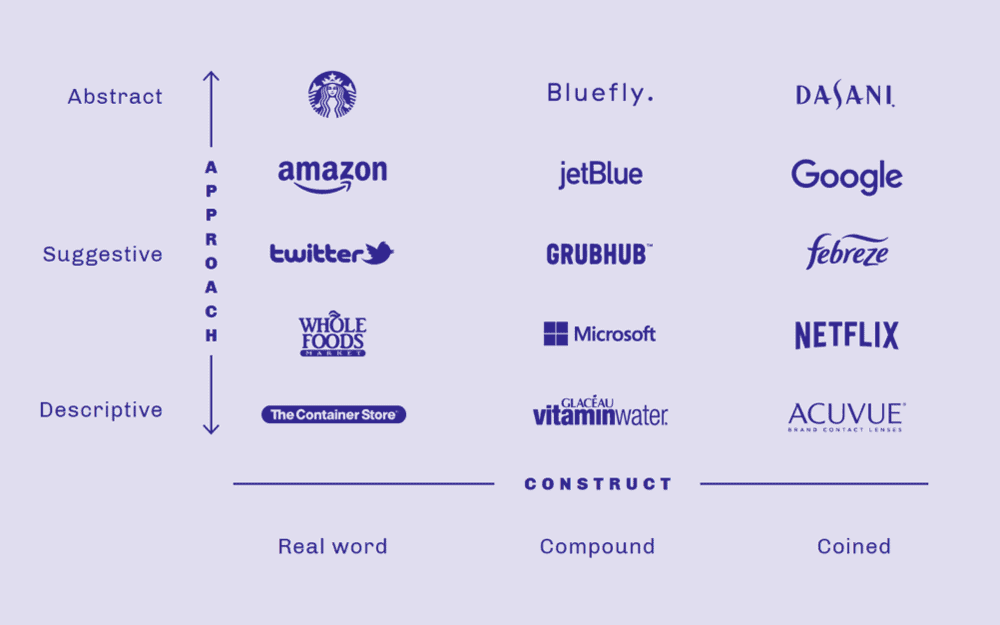
Your business name is one of the first touchpoints for making an impression. Prioritise choosing a name that:
Evokes Your Brand Identity
Ideally, your company name gives customers an indication of what you do or the fundamental values you represent. For example, the eco-friendly cleaning brand “Method” conveys its use of unconventional, nature-based formulas.
Is Simple & Memorable
A complicated or forgettable name adds an unnecessary obstacle to building awareness. Attempt to keep it under three words or 15 letters for maximum impact.
Stands Out
With nearly 2 million trademark registrations in the US alone, most dictionary words and simple phrases have likely been claimed. Aim for a unique, creative name using inventive spelling, blending words, or descriptive language. Consult an intellectual property lawyer to verify no trademarks already exist.
Sounds Professional
Beware silly puns or overtly cute names unless they suit your brand personality. Names should match the tone you want to set with customers.
Has Domain Name Availability
Ideally, your business name, a simplified version, or essential keywords should be available for registration as a .com website domain. This makes it easier to find online.
Crafting Brand Messaging
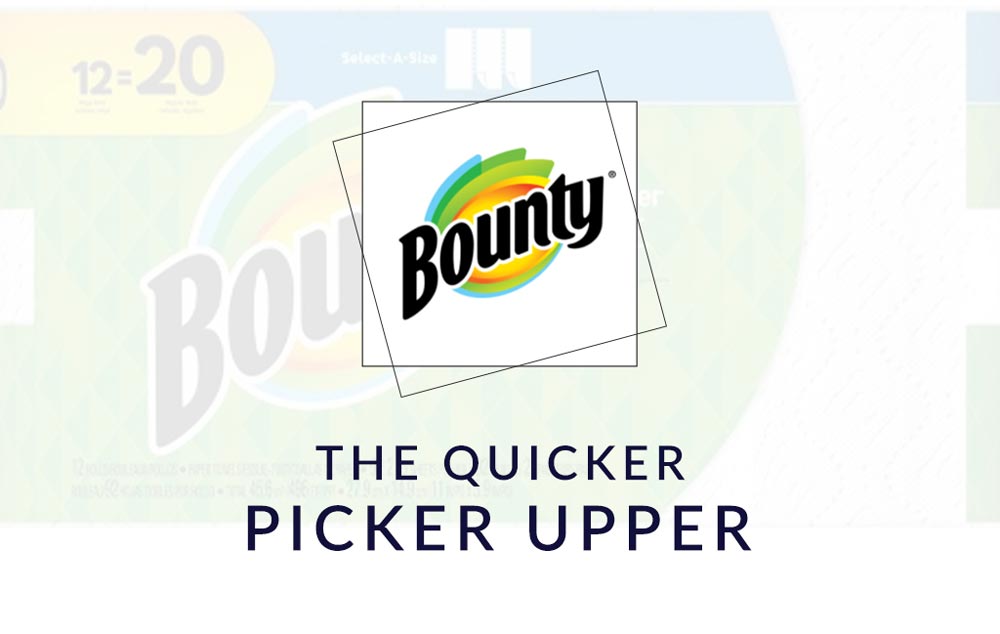
Your brand messaging conveys what you’re all about. It’s expressed through:
Your Slogan
This catchy phrase sticks in people’s minds and communicates your core promise.
Great slogans feel authentic while capturing attention. Some examples:
- Nike: Just Do It
- De Beers: A Diamond Is Forever
- L’Oréal: Because You’re Worth It
Your Description
A short paragraph highlighting your origin, vision, offerings, and differences.
Write conversational, benefit-focused copy that connects with your audience.
Your Brand Story
Share your genesis story, motivations, community impact, founder’s journey, or company values.
Stories forge emotional connections with customers. Ensure yours aligns with your brand identity.
Once you determine these foundational messaging elements, feature them consistently across platforms. Consistent messaging builds familiarity.
Designing Visual Brand Assets
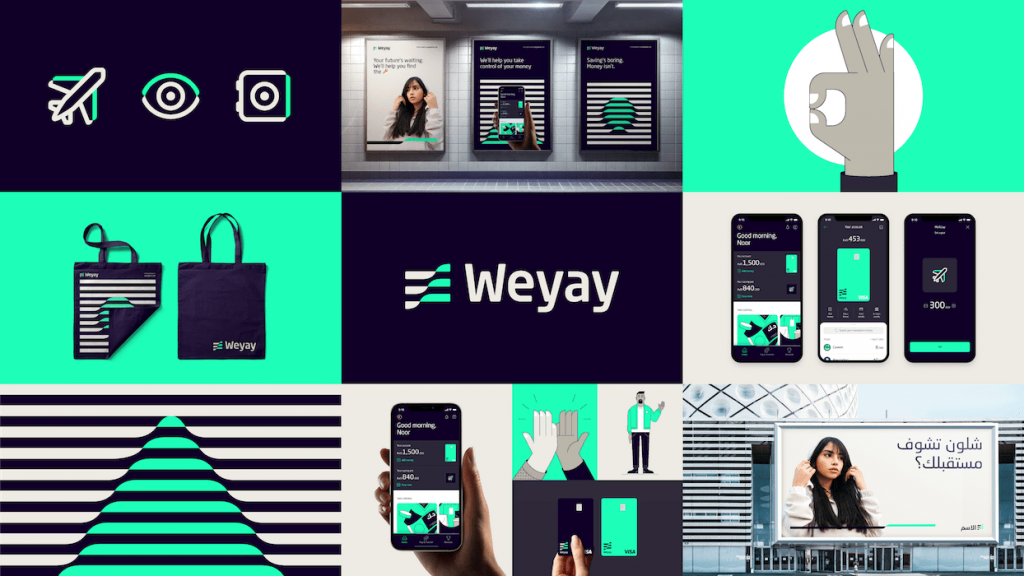
Visuals bring a brand to life while enhancing recognition. Critical assets to create include:
Logo
A logo symbolises your brand visually in a single image. It appears ubiquitously across marketing materials, signage, products, uniforms, etc.
An effective logo is:
- Simple yet distinctive
- Versatile across contexts
- Memorable and recognisable
- Aligned with your brand identity
Logo Design Tips:
- Sketch multiple rough drafts
- Stick to 2-4 colours
- Test logo legibility at small sizes
- Finalise high-resolution vector files
Colour Palette
Colours influence how people perceive and feel about your brand. Choose hues reflecting your personality.
Predictable colour palettes boost recognition, while unexpected ones make you stand out. Just ensure sufficient contrast between hues.
Colour Selection Tips:
- Limit palettes to 2-4 hues
- Consider industry conventions
- Test accessibility standards
- Define primary, secondary, and accent shades
Fonts
Like colours, fonts subtly communicate the brand’s personality.
Establish primary and secondary fonts pairing readable faces (like sans serif) with decorative styles (like script).
Font Selection Tips:
- Limit to 2 complementary fonts
- Use free commercial fonts
- Ensure mobile and web compatibility
- Pick easy-to-read options
Images & Videos
Visual content spotlights your brand personality while capturing the audience's attention.
Images and videos reflecting your offerings, values, people, and purpose perform best. Show, don’t tell!
Invest in branded visual assets like lifestyle photography, animated explainers, or product usage videos.
Tips for Optimising Visuals:
- Show human connections
- Align visual tone with your brand identity
- Feature people similar to your audience
- Use colours from the palette; showcase the logo
- Adhere to consistent style guidelines
With designed visual assets, you can create cohesive content across marketing touchpoints.
Developing Brand Voice & Tone
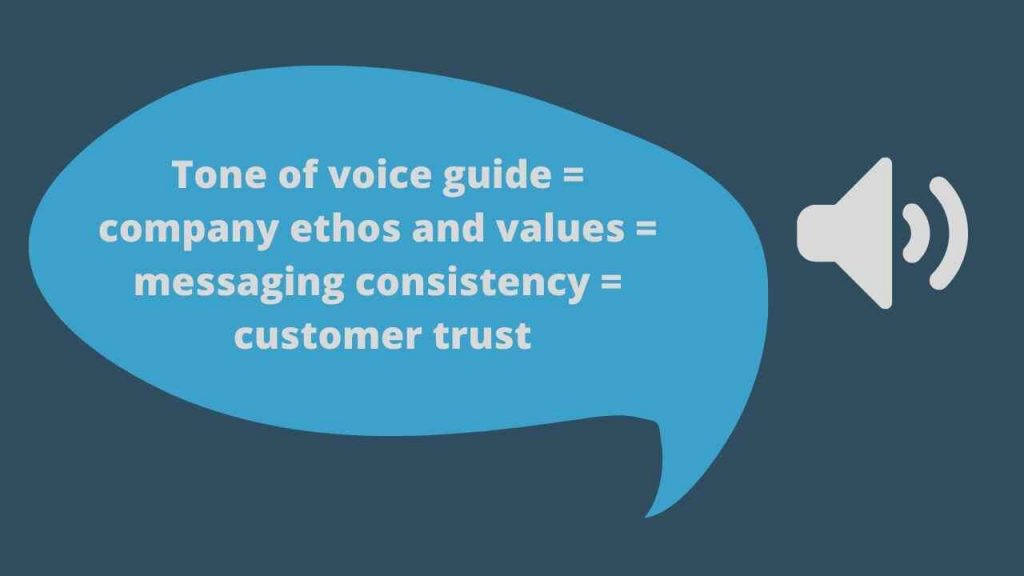
Your brand voice encapsulates the style and tenor of communications across channels. It’s how you connect with customers.
An aligned voice matches the brand identity. Avoid mimicking competitors. Craft communications that could only come from your unique business.
Define your voice by its:
- Personality (serious, silly, romantic, rebellious, etc.) Assess descriptors from your brand identity documentation.
- Perspective (first person “we”, second person “you”) Generally address customers directly as “you”.
- Pace (the cadence and length of sentences): Find a natural rhythm aligned with your personality.
- The purpose is to ensure communications educate, entertain, inspire, or reassure based on intended outcomes.
- Word Choice: Use vocabulary fitting your industry and audience while reflecting brand traits. Develop a lexicon that’s uniquely you.
Your tone then adapts this voice to suit different situations. It’s where voice meets desired emotion. Is content playful, sympathetic, and confident? The tone shifts contextually based on audiences and goals.
Your brand identity solidifies with aligned messaging, visuals, voice, and tone. Now, it’s time to spread awareness.
Launching Your Brand
Launching establishes your brand presence through a coordinated publicity blitz. Follow these steps when preparing to announce your company:
1. Seed Interest
Build pre-launch buzz by trickling out teasers across marketing channels. Share cryptic social media posts, launch countdown emails, or intriguing hints that something exciting lies ahead.
2. Drive to Launch Site
Design an eye-catching launch/landing page collecting contacts excited for announcement details. Offer an incentive for subscribing.
3. Send Launch Email
Notify your list of subscribed contacts about your opening. Include photos/videos, offerings, origin story, value proposition and founder journey.
4. Amplify Across Channels
Blast launch announcements across all company accounts through coordinated posts, ensuring consistent messaging and visuals.
5. Offer Incentives
Entice early sales with special promotions like flash discounts, product bundles, gifts and limited-edition swag for first buyers.
6. Collect Feedback
Ask for reviews from new customers highlighting positives and areas for improvement as you establish your reputation.
With a strategic launch sequence, you grab attention, drive early traction and set your brand up for success.
Optimising Your Online Presence

Your website and social networks comprise the hub of your brand’s online presence. These digital properties should instantly convey your brand identity while engaging visitors. Some best practices include:
Website Must-Haves
- Mobile responsiveness
- Logo displayed prominently
- Effective navigation
- Value proposition and tagline visibility
- Strong calls-to-action
- Carefully crafted copy aligns with brand identity
- Cohesive visual style
- Contact info and social links
Social Media Profile Optimization
- Consistent profile pic, cover photo and bio conveying brand identity across networks
- Links to website
- Contact info and hours, if applicable
- Social-specific imagery and video spotlighting offerings
- Compelling, value-driven pinned or highlighted posts
Additional Digital Assets to Develop
- Email newsletter with sign-up incentives
- Blog publishing evergreen, keyword-optimised content
- Podcast expanding reach through audio conversations
- Branded presentation templates
- YouTube channel with video spotlights
Tools to Improve Online Presence
- Email collectors like MailChimp gather contacts
- Analytics for tracking web traffic
- Social listening to monitor brand mentions
- Hashtag campaigns expanding visibility
- Influential brand partnerships, sponsorships and affiliates
With robust online assets, visitors quickly learn who you are and why they should care.
Building Brand Recognition & Loyalty
Beyond solidifying your identity, ongoing brand-building marketing establishes familiarity and connection with target audiences. This drives real business growth.
Cultivating Community
Foster brand advocates by developing a community ecosystem. Engage followers with:
- Active social listening and conversation
- User-generated content featuring customers
- Inclusive campaigns recognise supporters
- Rewards programs with tiered perks
- Polls asking for input on decisions
- Surprise giveaways and exclusive content
Spotlighting Staff
Let your culture and people shine! Employees personify your brand through interactions. Showcase their stories across channels through:
- Takeovers featuring employee-generated social content
- Videos introducing team members
- Quotes and written testimonials
- Behind-the-scenes photos and vlogs
- Spotlights on new hires across departments
This authentic transparency entices audience connection.
Promoting Values & Causes
Taking a brand stand on shared values and social causes fosters affinity when done genuinely. Tactics include:
- Highlighting sustainability initiatives
- Supporting charities with donations or volunteer days
- Calling attention to diversity and inclusion programs
- Advocating for social justice with brand campaigns
- Encouraging voting and civic action
- Featuring minority-owned partners
Values-based messaging attracts like-minded customers.
Tracking Brand Health Over Time

Like any growth effort, branding requires measurement for refinement. Revisit foundational documents annually while routinely assessing effectiveness through:
Brand Surveys
Gauge unaided brand awareness, message resonance and perception through customer polls and questionnaires.
Market Research
Commission focus groups or third-party interviews evaluating brand familiarity and reputation.
Brand Mentions
Set Google Alerts and social listening tools to monitor brand references across the web.
Web Analytics
Learn how visitors interact with your online ecosystem through clicks, conversions, and KPIs like page views, time on site, etc.
Sales Funnel Metrics
Connect branding to revenue by tracking leads generated, conversion rates, retention and customer lifetime value.
Competitor Benchmarking
Compare your market share and growth rate metrics to competitor and industry baseline averages.
Adjust branding strategies based on insights uncovered. Consistency and continuous optimisation drive memorability and growth.
Revisiting Your Brand As You Scale
Evolving customer needs and new competitors entering your niche means consistent brand maintenance. Reevaluate at least every 2-3 years with an audit examining:
Market Changes
Have newcomers encroached on your brand’s past distinctiveness? Do definitions of quality, convenience or value differ today?
Customer Research
Survey existing buyers and marketplace prospects on their updated needs and brand perceptions.
Competitive Benchmarking
Compare brand impression and loyalty metrics vs. direct rivals. Identify their successful innovations to borrow or improve upon.
Be prepared to invest in brand refresh projects like website redesigns, new visual identities or expanded services. Meet regularly with stakeholders to align priorities as you scale.
Remaining Authentic & Consistent Over Time
While periodic refreshment keeps brands current, take care not to veer drastically from established identity elements customers know and love. Longstanding brands thriving for generations preserve core visual cues, messaging themes, and values decade after decade. New offerings still align with and reinforce – rather than undermine – their brand DNA.
The approach attempts to “reinvent” legacies with extreme care, focusing more on restoration and modern interpretation versus chasing trends incompatible with brand equities taking decades to cement. Trust that minor touches fainting dated elements alongside celebrating heritage often proves most successful.
Final Thoughts
A beloved brand doesn’t happen overnight. But with a strategic approach to communicating your identity through messaging, visuals and experiences—customers take notice.
Brand visibility and sentiment compound over time through relentless repetition across touchpoints.
Lean on this guide to reinforce your “why” creatively until your small business becomes the go-to source for the needs you expertly fill.
Now turn strangers into brand advocates who eagerly await your newest offerings!
Small Business Branding Tips FAQs
Still, have questions on small business branding? Here are answers to frequent queries:
What if I can’t afford professional branding help?
DIY solutions work fine when starting! Logo makers, free image banks, and business profile templates establish cohesion quickly without high costs.
How much should I budget for branding?
Industry benchmarks report most small companies invest at least 15% of overall marketing budgets into branding specifically. Though when launching, more focus here makes sense.
How long does effective branding take?
Data shows most successful campaigns take at least 18 months before reaching solid awareness, though 5+ years is typical for an establishment. Be in it for the long haul!
How do I know if my branding is working?
Key performance indicators like unaided brand awareness rates, referrals, repeat purchase rates, social followers, and profitability indicate branding traction.
How often should I evaluate branding efforts?
Revisit foundational elements like mission and buyer personas annually—track metrics on a monthly dashboard. But get feedback continuously to guide efforts.
Branding is done to drive connection and growth. Follow this comprehensive guide to build a beloved identity even on small business budgets!
